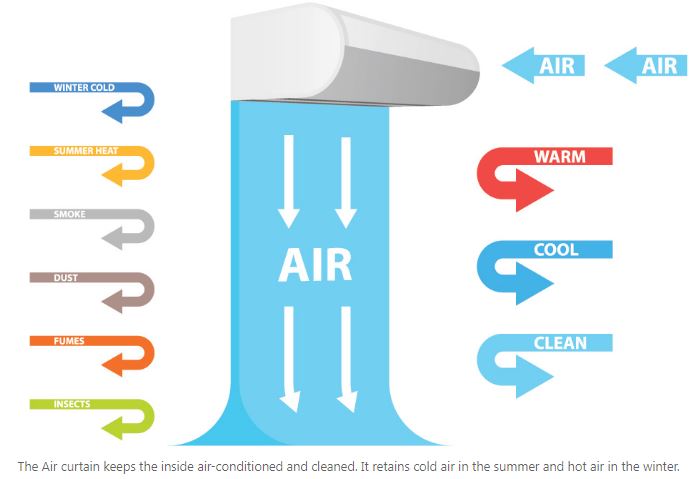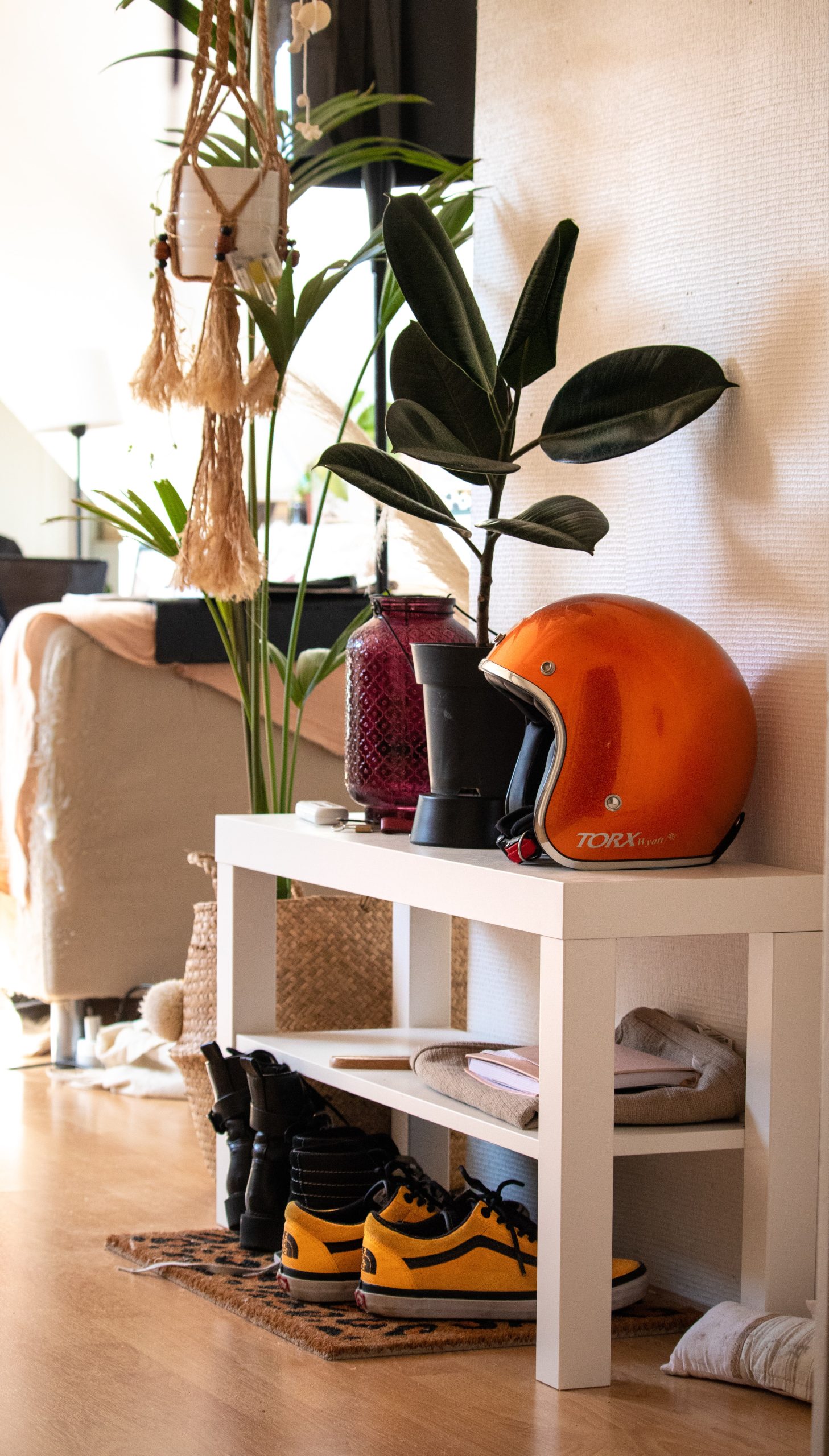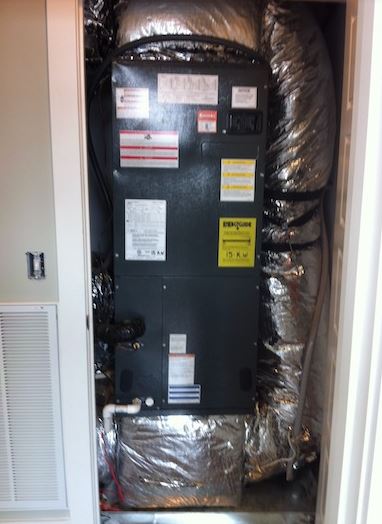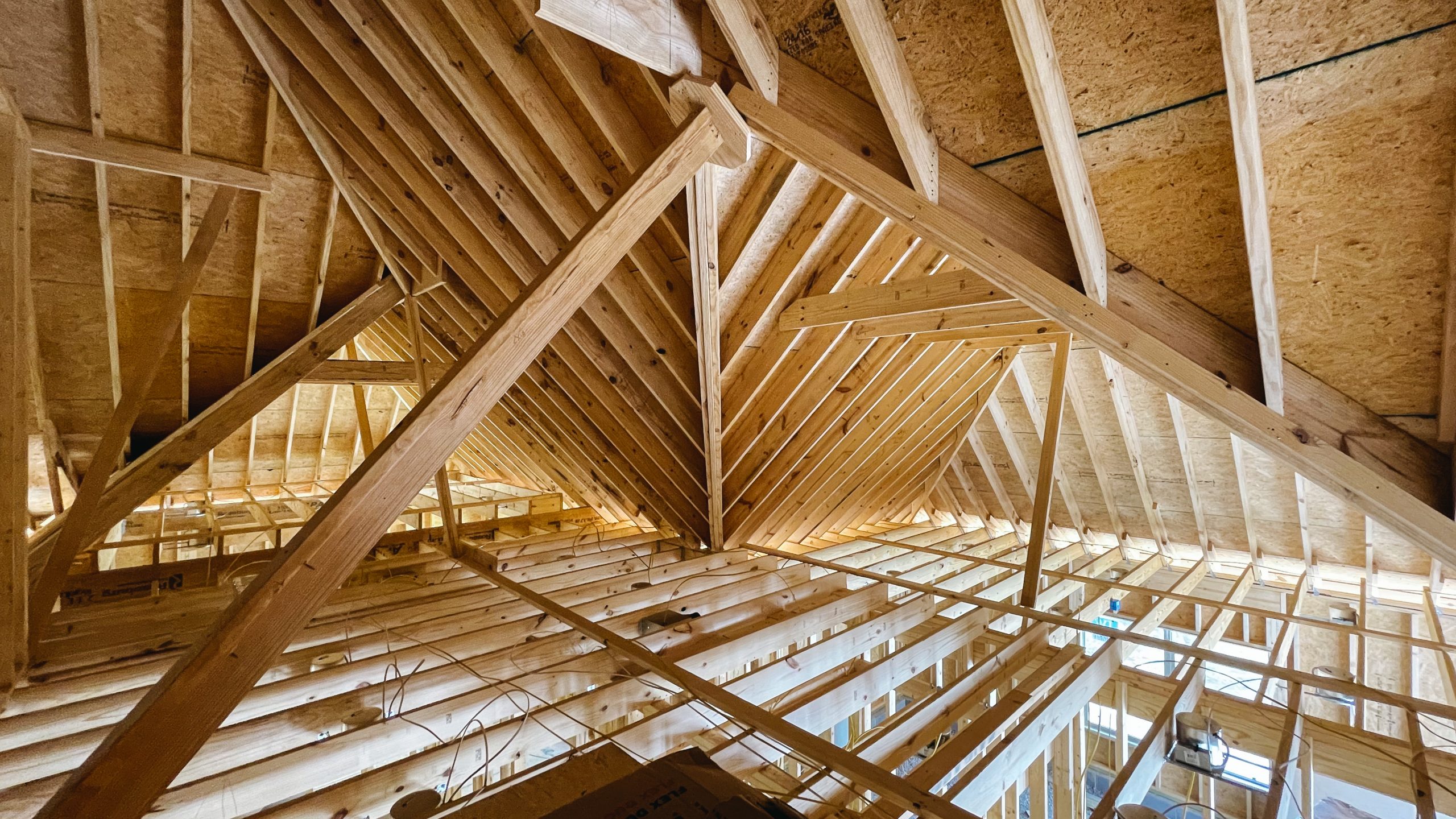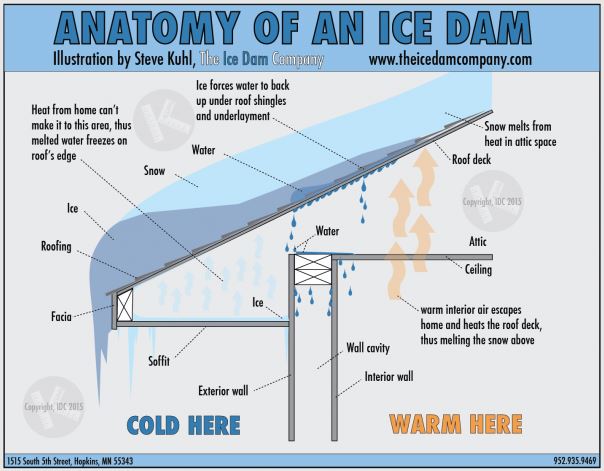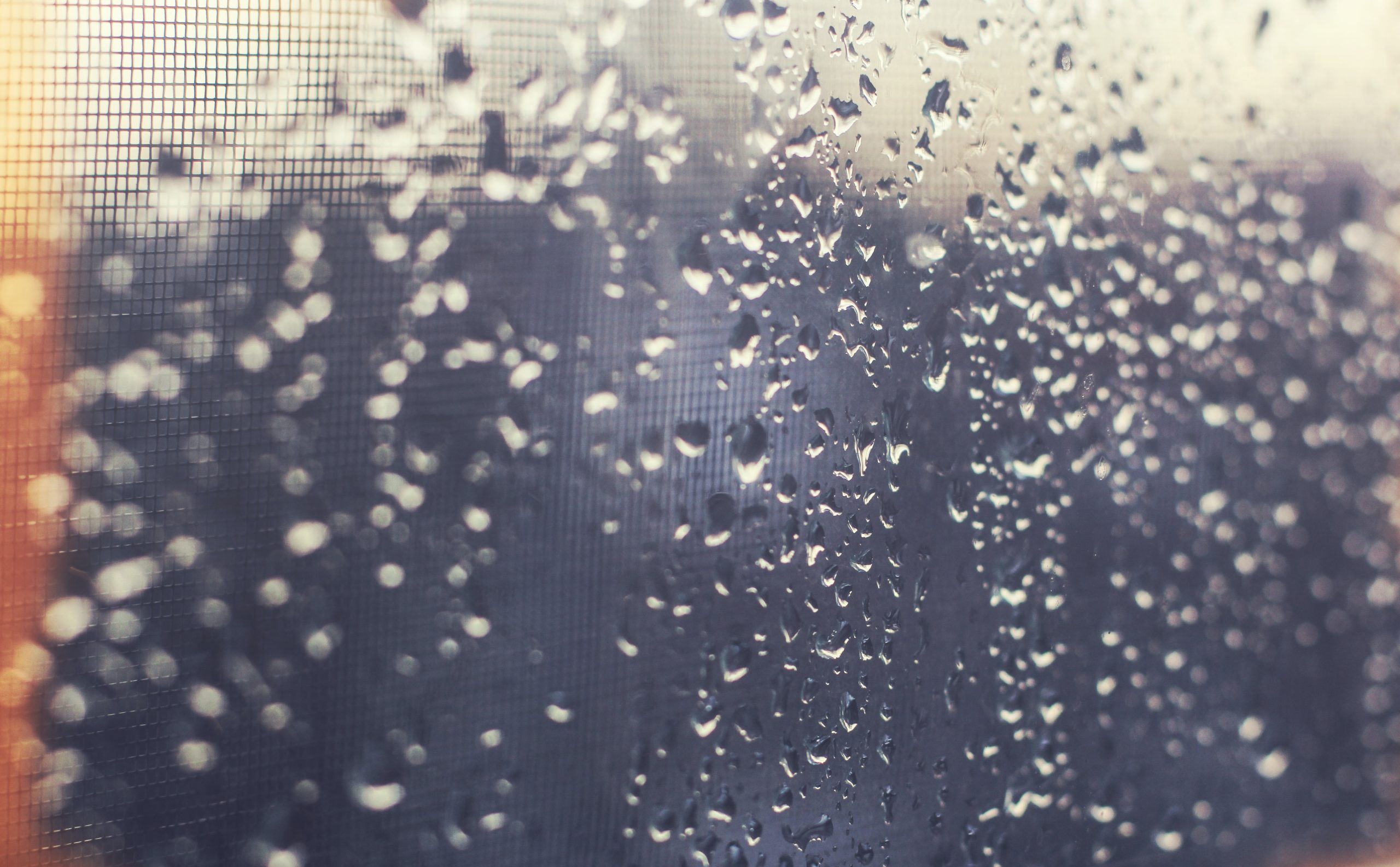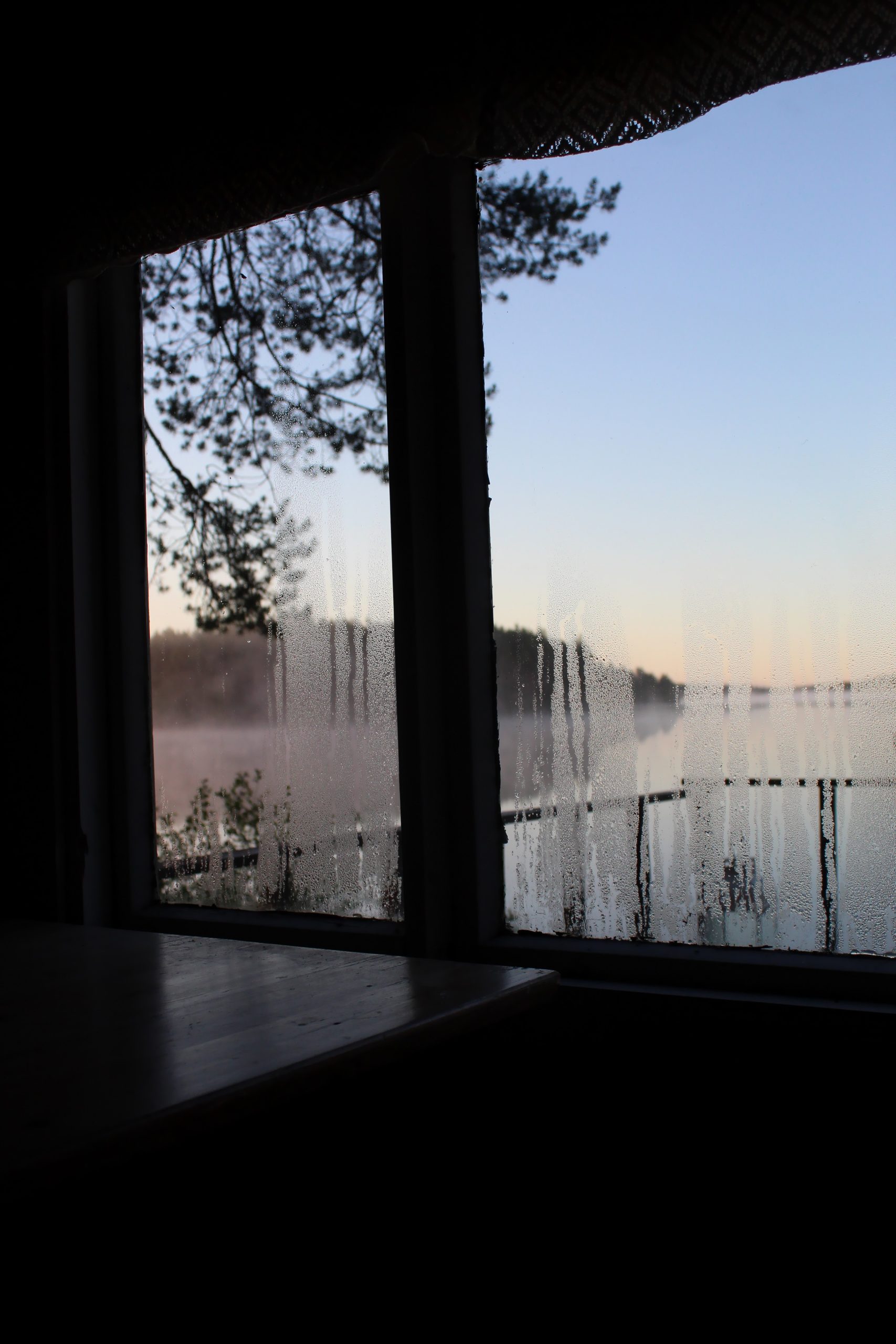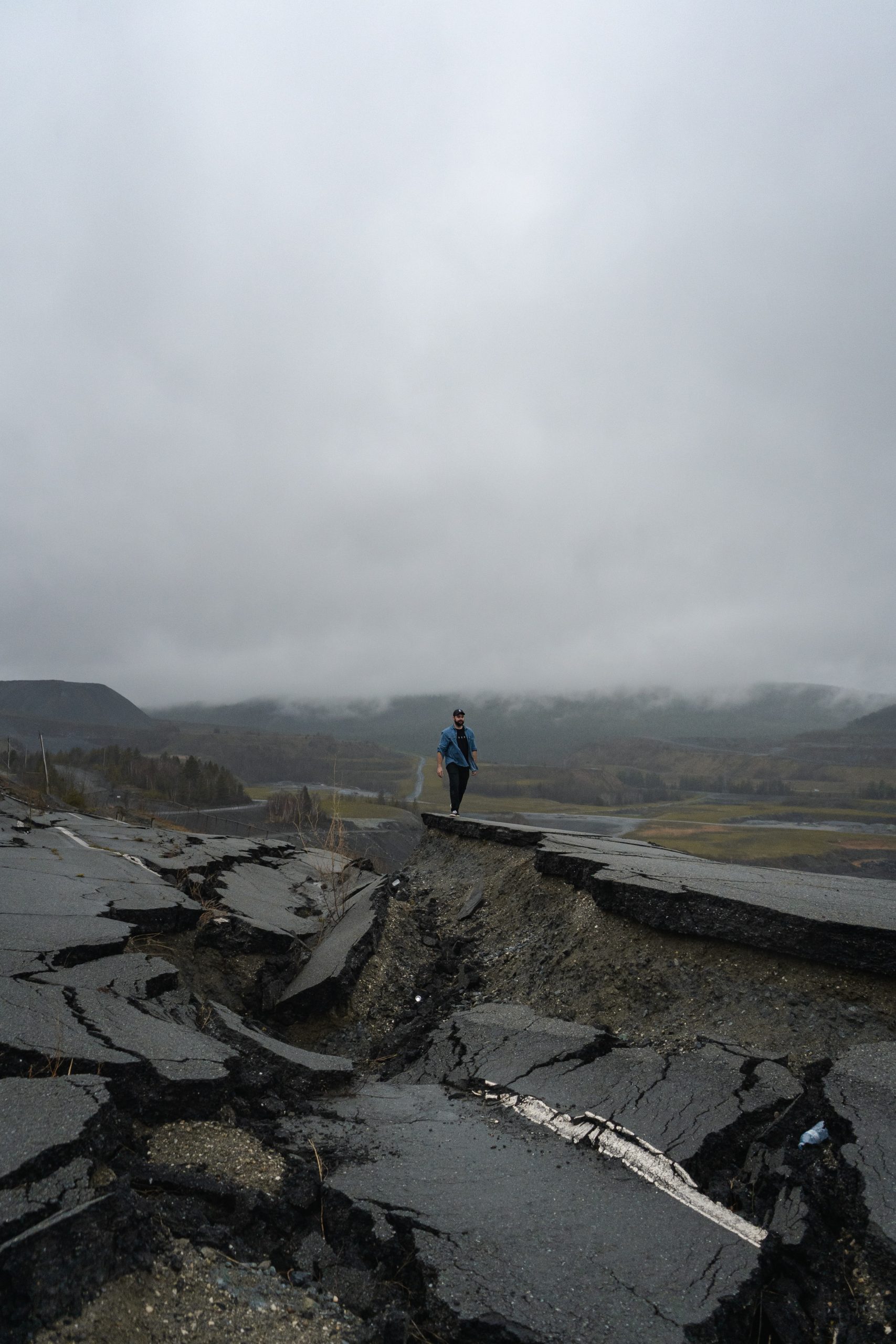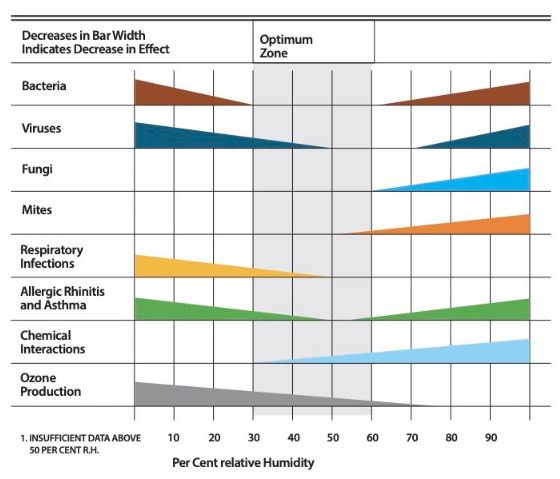The Science of Dust
The Science of Dust
Dust. It’s not just harmless dirt that builds up on fan blades until we can’t turn the fan on any more for fear of clumps flying everywhere. It’s a combination of skin cells, pollen, dead bugs, bacteria, soil, dander and various fibers. (iaq.works) Dust also carries SVOCs, or semivolatile organic compounds, that are emitted from materials and products like plasticizers from plastic products and flame retardants from upholstered furniture. "Unlike VOCs, that you can smell and that warn you of their presence, SVOCs are called stealth chemicals. They are odorless, ride on dust, and are insidious underminers of our health, " says Marilee Nelson, co-founder of Branch Basics. (wellandgood.com) Then, there are the dust mites, which are microscopic organisms that feed on dust. All in all, dust is even more disgusting than it looks!
My all-time least favorite chore as a kid was dusting. It didn’t require a load of physical exertion, so it must have been the sheer tediousness of moving the same stuff to dust around it week after week. We used lemon-scented Endust in the 70’s and 80’s, which actually should have made me a little giddy (it had odorless mineral spirits and 1,1,1-trichloroethane with a propellant blend of butane and isopropane, of which inhaled 1,1,1-trichloroethane acts as a central nervous system depressant and can cause effects similar to those of intoxication)...yikes! (chemeurope.com) Why haven’t we invented a way to keep the dust off permanently?
I guessed the answer had something to do with static electricity. Apparently, the “mechanism of particle adhesion” works against us in allowing dust to settle on furniture and objects in our homes. According to Keyence.com, producer of static eliminators and ionizers, “When dust is carried on air currents generated by air conditioning and similar devices, the dust takes on a positive or negative static electric charge due to contact with various objects. Dust that has a positive electric charge will be attracted to objects that have a negative electric charge, and vice versa. The greater the amount of dust in the air, the larger the amount of dust that clings to objects within the room.
Also, if sources of dust (mainly people and clothing) are electrically charged, the dust that is generated from these sources is electrically charged as well. This attractive force generated by static electricity is known as “Coulomb force.”
The solution to particle adhesion is to eliminate the static electricity from the object’s surface and from the air up to a few millimeters from the object’s surface. This is easy to do using a static eliminator, which charges the air with ions. This removes the static charge from the particles and prevents them from reattaching. There are also lots of “anti-static” polishes on the market, however, their toxic ingredients may or may not be disclosed.
Also, the answer to dusting less also has to do with humidity. Humidity does not reduce the literal amount of dust in your home; instead, humidity causes dust particles to adhere to one another, making them too heavy to travel through the air. Thus, dust particles are still present in your home, but the ideal humidity level makes dust particles quicker to settle and easier to clean.
In addition, when the indoor humidity level is between 40 and 60%, dust mites are unable to thrive and spread. Dust mites prefer extremely humid atmospheres because they absorb moisture from the air in order to survive.
So, apparently there are two things that tend to keep dust (and dust mites) down to manageable levels: ionized air and the right humidity. We fully endorse both! Most of the HypoAir air purifying products include a bi-polar ionizer, which has the capability to kill germs at a distance by attacking them with the same ions that control the dust. We also like to talk about keeping your home at the right humidity to fight mold growth and germ dispersion. It’s a win-win!
With ionization and the right humidity in place, getting rid of the remaining dust should be manageable. Cleaning experts give these tips to get the most out of your cleaning tools and time:
Get rid of feather dusters and dry cotton cloths, because they are simply flinging the dust into the air. Also, don’t use damp cotton cloths, because they leave streaks of dust behind. The best tool is a microfiber cloth (again, microfiber is better at holding a slight “charge” to attract dust) and your favorite all-purpose cleaner, like one of the following:
HypoAir’s TotalClean, a non-toxic multi-purpose cleaner you can use throughout your home
Force of Nature, a non-toxic hypochlorous cleaner that can sanitize or disinfect surfaces depending on the concentration
Branch Basics, a non-toxic plant and mineral based cleaner
For wood surfaces, you can add some drops of a non-damaging essential oil to the spray bottle, so that wood surfaces don’t dry out and retain a nice shine. Orange oil is great for this purpose. Since many ingredients are not disclosed on commercial dusting sprays, it may be tempting to make your own DIY dusting spray, and there are lots of recipes on the internet. However, look at the ingredients closely, because vinegar is a key ingredient in many recipes, and it can damage many surfaces in your home.
If an area has more dust than usual, or to avoid switching cleaning cloths too often, you can use your HEPA vacuum cleaner with a soft head attachment to “pre-dust”. Of course, standalone HEPA filters running part-time or full-time will cut down on a lot of dust.
Keeping the dust down in your home can lead to less allergies, sickness, and over time, better overall health because of the way ultra-fine particles can penetrate our lungs and migrate to different areas in the body. With the right conditions (ionized air and the right humidity) and tools (microfiber cloths, non-toxic cleaners and a HEPA vacuum), regular dusting can be manageable, kind of like flossing your teeth. Reveal the beautiful side of your home and get dusting!
Photo by Austin Ban on Unsplash





